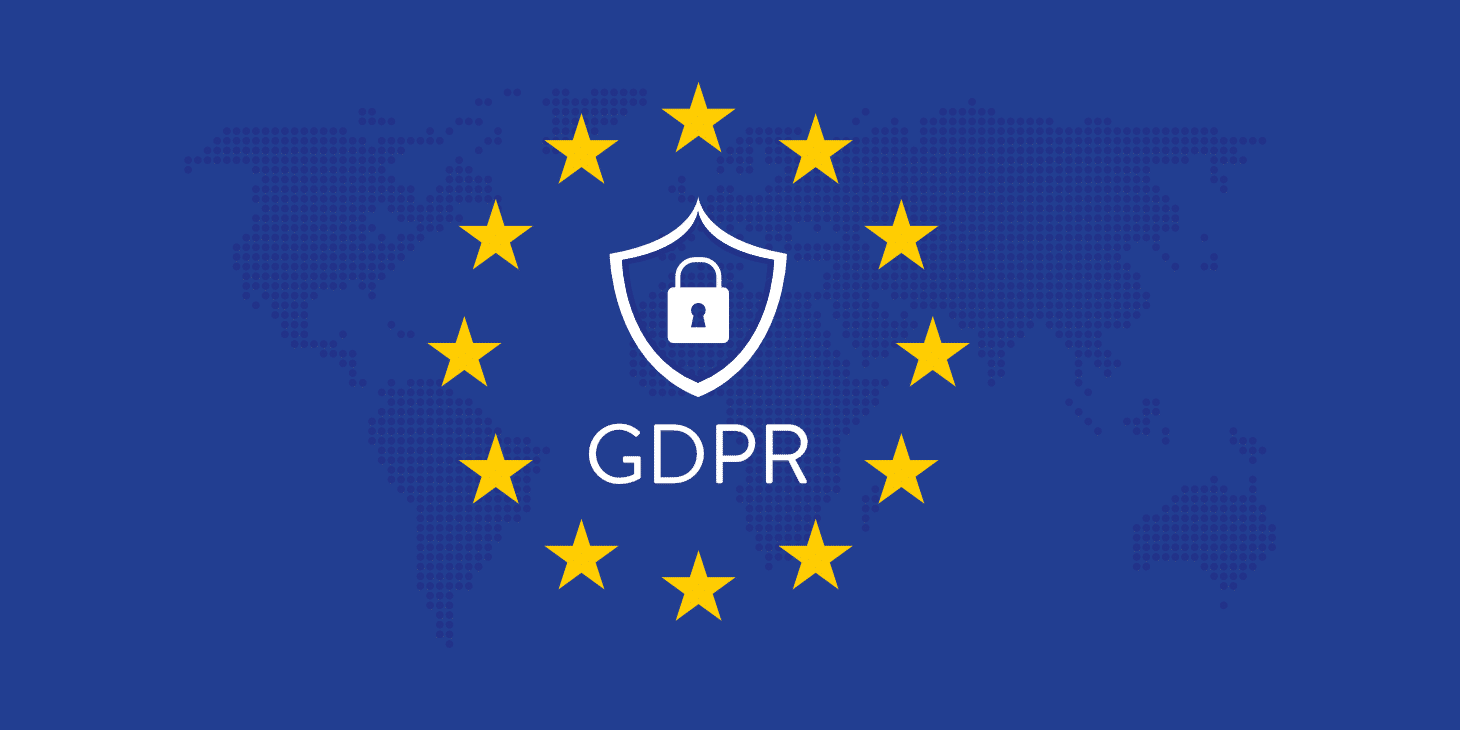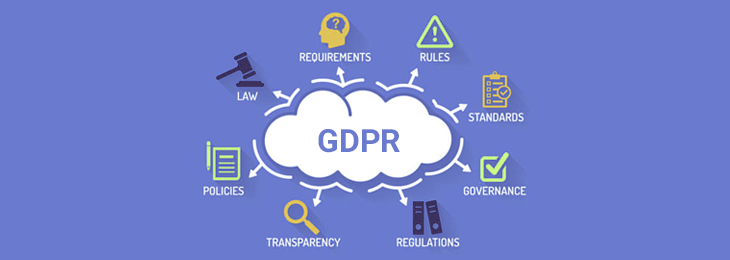Is it accurate to say that you are befuddled by GDPR, and how it will affect your WordPress site? GDPR, short for General Data Protection Regulation, is a European Union law that you have likely caught wind of. In this article, I will disclose all that you have to think about GDPR and WordPress and how you can make your WordPress site GDPR Compliant.
First Things First, What Actually is GDPR?
The General Data Protection Regulation (GDPR) is a European Union (EU) law producing results on May 25, 2018. The objective of GDPR is to give people the control over their own information and change the information security approach of associations over the world.
You’ve likely gotten many messages from organizations like Google and others with respect to GDPR, their new protection strategy, and a bundle of other lawful stuff. That is on account of the EU has put in robust punishments for the individuals who are not inconsistent.
The General Data Protection Regulation (GDPR), is most likely to be the greatest change so far in the field of information security control law. Consolidating all the European information protection laws into one direction, the new law gives European Union residents a significantly more grounded and better control over the way their own information is being followed, gathered, utilized and put away on the web.
Despite the fact that GDPR applies principally to online organizations in the EU, it will likewise influence site proprietors and engineers outside the EU who are following, gathering and putting away any sort of individual information from any European Union resident.
WordPress, in the interim, controlling more than 60% of the CMS advertise and driving more than 30% of worldwide sites, builds the odds of countless getting influenced by the GDPR. In the event that you run a WordPress hosted site that gathers or screens any sort of individual information from the natives of the European Union; it’s an ideal opportunity to prepare it for the GDPR.
Through this post, I will examine this point, how,ever allows first investigate a few new Data Subject Rights given to clients in the GDPR!
What is required under GDPR?
The objective of GDPR is to secure client’s specifically recognizing data (PII) and hold organizations to a higher standard with regards to how they gather, store, and utilize this information.
The individual information incorporates: name, messages, physical address, IP address, wellbeing data, pay, and so on. While the GDPR control is quite lengthy, here are the most critical columns that you have to know:
Breach Notification
Associations must report certain sorts of information breaks to important experts inside 72 hours, unless the rupture is viewed as innocuous and represents no hazard to singular information. Be that as it may if a break is high-chance, at that point the organization MUST likewise educate people who’re affected immediately.
Rights to Data
You should illuminate people where, why, and how their information is handled/put away. An individual has the privilege to download their own information and an individual additionally has the privilege to be overlooked importance they can request their information to be erased.
This will ensure that when you hit Unsubscribe or request that organizations erase your profile, at that point they really do that. I’m taking a gander at you Zenefits, as yet sitting tight for my record to be erased for a long time and trusting that you quit sending me spam messages since I tragically tried out your administration.
Explicit Consent
In case you’re gathering individual information from an EU occupant, at that point, you should acquire express assent that is particular and unambiguous. As it were, you can’t simply send spontaneous messages to individuals who gave you their business card or rounded out your site contact frame since they DID NOT pick in for your promoting pamphlet.
For it to be viewed as unequivocal assent, you should require a positive select in (i.e no pre-ticked checkbox), contain clear wording (no legalese), and be separate from different terms and conditions.
Information Protection Officers
On the off chance that you are an open organization or process a lot of individual data, at that point you should select an information insurance officer. Again this isn’t required for private ventures. Counsel a lawyer in case you’re in question.
Make Sure Your Site Is GDPR Compliant
Here is a rundown of site refreshes that need consideration regarding guarantee your site is GDPR agreeable:
- Educate visitors about your site’s goals to gather their data. This is best accomplished through the expansion of a ‘privacy policy’ page, and ought to clarify the kind of information you’ll utilize and why. The time allotment that information will be held must be announced to meet the GDPR controls as well.
- Rundown ALL kinds of information being gathered by the site, and whether they permit outsider access. With less information gathered, you’ll be at decreased risk should a break happen. We suggest this in a site footer document called ‘Treats’.
- ?Hold onto information encryption as it is a focal piece of your information assurance methodology.?An?SSL accreditation is the negligible site necessity expected to ensure the put away information on your site server.
- ?Set all ‘consent forms’ to be unchecked as a matter of course with the goal that clients should effectively select in. These structures must be separate from typical terms and conditions. The way that visitor must furnish affirmation keeps your site agreeable with the GDPR decisions.
- Unveil insights with respect to Data Protection Officers or individuals that can get to any client subtle elements.?Beside?making this unmistakable for all clients, you should give a simple purpose of access with the goal that they can make request identified with their own information being put away in a database.
- Comprehend the ‘Right to be Forgotten’ directions, and have an arrangement set up. Clients have the privilege to erase their points of interest from your site, however, doing this physically can be tedious. Being prepared to do this in a programmed and in an opportune way is vital. We suggest another strategy in your site footer called ‘Terms of Use’.
- Know acceptable behavior if a rupture of information occurs on your site. From reaching the correct specialists to filling in the correct structures, it’s indispensable that you prepared to act quick. Else, you will miss the mark regarding the GDPR necessities.
Is WordPress GDPR Compliant?
Indeed, as of WordPress 4.9.6, the WordPress centre programming is GDPR agreeable. WordPress centre group has added a few GDPR upgrades to ensure that WordPress is GDPR consistent.
The GDPR compliance process will shift in light of the sort of site you have, what information you store, and how you process information on your site.
All things considered, as a matter, of course, WordPress 4.9.6 currently accompanies the accompanying GDPR upgrade devices:
WordPress used to store the analyst’s name, email and site as a treat on the client’s program. This made it less demanding for clients to leave remarks on their most loved sites on the grounds that those fields were pre-populated.
Because of GDPR’s assent prerequisite, WordPress has included the remark assent checkbox. The client can leave a remark without checking this crate. All it would mean is that they would need to physically enter their name, email, and site each time they leave a remark.
Information Export and Erase Feature
WordPress offers site proprietors the capacity to conform to GDPR’s information dealing with necessities and respect client’s demand for trading individual information and additionally evacuation of client’s close to home information.
The information taking care of highlights can be found under the Tools menu inside WordPress administrator.
Protection Policy Generator
WordPress currently accompanies an implicit security strategy generator. It offers a pre-made protection strategy format and offer you direction as far as what else to include, so you can be more straightforward with clients regarding what information you store and how you handle their information.
These three things are sufficient to make a default WordPress blog GDPR consistent. Anyway it is likely that your site has extra highlights that will likewise should be in consistence.
What Data will GDPR Apply to?
The new GDPR enactment applies to any data that can be utilized to perceive the personality of a living individual straightforwardly or by implication. Truth be told, the new control rethinks the extent of individual data to fortify clients’ rights with respect to the gathering, stockpiling, and utilization of their own information on the web. Subsequently, it currently checks even little points of interest like an IP address as individual information.
Best WordPress Plugins for GDPR Compliance
There are a few WordPress plugins that can help robotize a few parts of GDPR compliance for you. Be careful with any WordPress plugin that cases to offer 100% GDPR compliance. They likely don’t hear what they’re saying, and it’s best for you to keep away from them totally.
The following is a rundown of prescribed plugins for encouraging GDPR compliance:
WPForms
By a wide margin the easiest to use WordPress contact shape plugin. They offer GDPR fields and different highlights.
Shared Counts
As opposed to stacking the default share buttons which include following treats, this plugin stack static offer catches while showing share checks.
OptinMonster
Propelled lead age programming that offers sharp focusing on highlights to help changes while being GDPR agreeable.
MonsterInsights
In case you’re utilizing Google Analytics, at that point, you should utilize their EU consistence addon.





